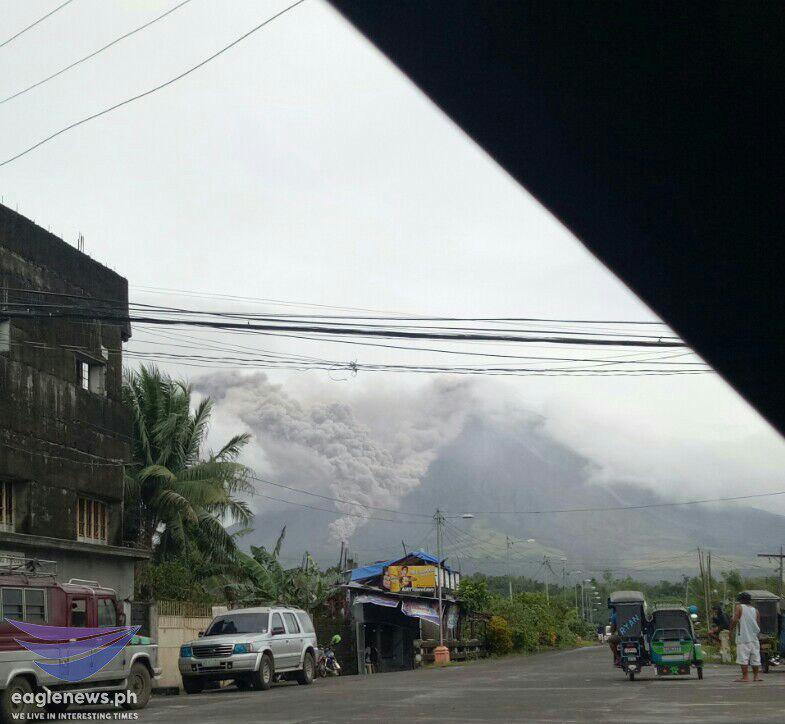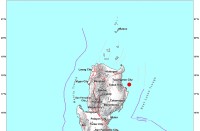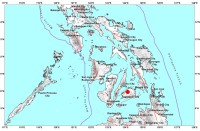
(Eagle News) — Ash explosions continue in Mayon volcano as the residents still remaining inside thesix kilometer permanent danger zone and seven kilometer extended danger zone are encouraged to evacuate.
According to Eagle News correspondent Eddy Ojano in the area, ash explosions continue in the area. Evacuations also continue as the local government of Guinobatan tried to convince the remaining residents in the area to flee as soon as possible.
“Amoy na amoy na po ang asupre,” said Ojano in his report.
Earlier, the National Disaster Risk Reduction and Management Council (NDRRMC) said that it would be conducting forced evacuations in the affected areas.
The Philippine Institute of Volcanology and Seismology said that Mayon Volcano has noticeably increased its unrest.
In its bulleting on Monday night, January 15, it said that “Mayon is exhibiting relatively high unrest and that magma is at the crater and that hazardous eruption is possible within weeks or even days.”
“After three (3) phreatic (steam-driven) eruptions and 158 rockfall events between 4:21 PM 13 January and 7:25 PM 14 January, Mayon’s summit crater is now exhibiting bright crater glow that signifies the growth of a new lava dome and beginnings of lava flow towards the southern slopes,” it said.
“It is therefore recommended that the 6-km radius Permanent Danger Zone (PDZ) and a 7-km Extended Danger Zone (EDZ) on the southern flank be enforced due to the danger of rockfalls, landslides and sudden explosions or dome collapse that may generate hazardous volcanic flows. Increased vigilance against pyroclastic density currents, lahars and sediment-laden streamflows along channels draining the edifice is also advised. Civil aviation authorities must also advise pilots to avoid flying close to the volcano’s summit as ash from any sudden eruption can be hazardous to aircraft,” Phivolcs said.
“Based on the seasonal wind pattern, ash fall events may most likely occur on the southwest side of the volcano. DOST-PHIVOLCS maintains close monitoring of Mayon Volcano and any new development will be communicated to all concerned stakeholders,” it added.







